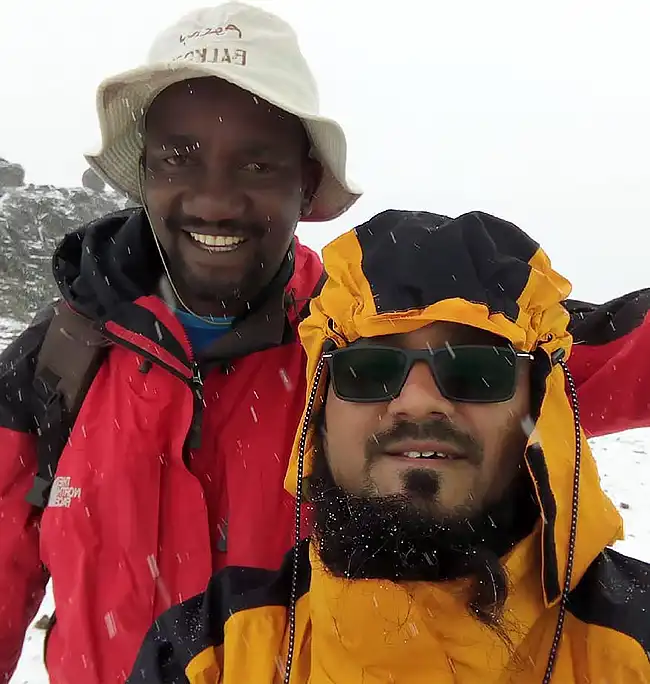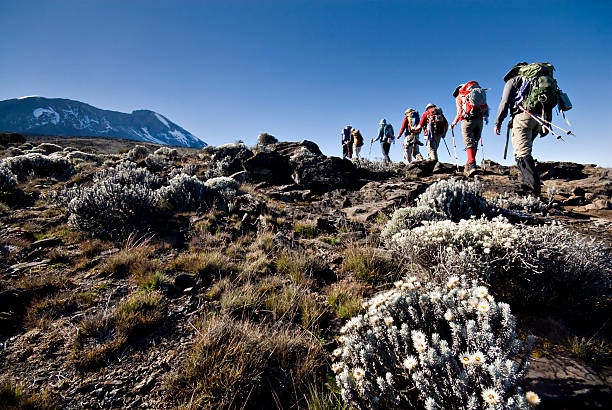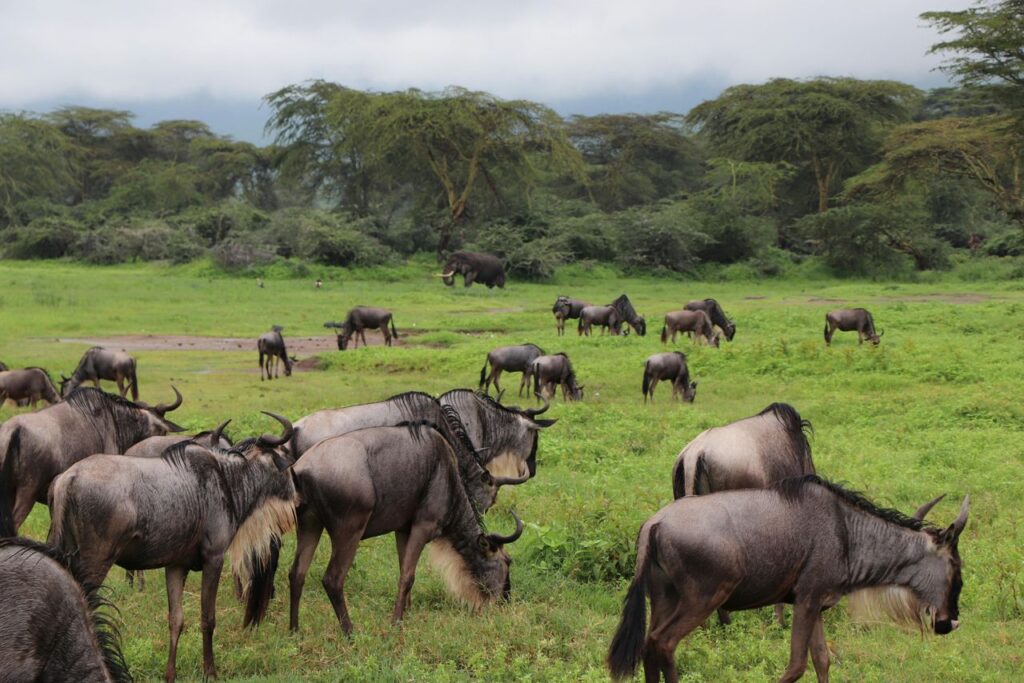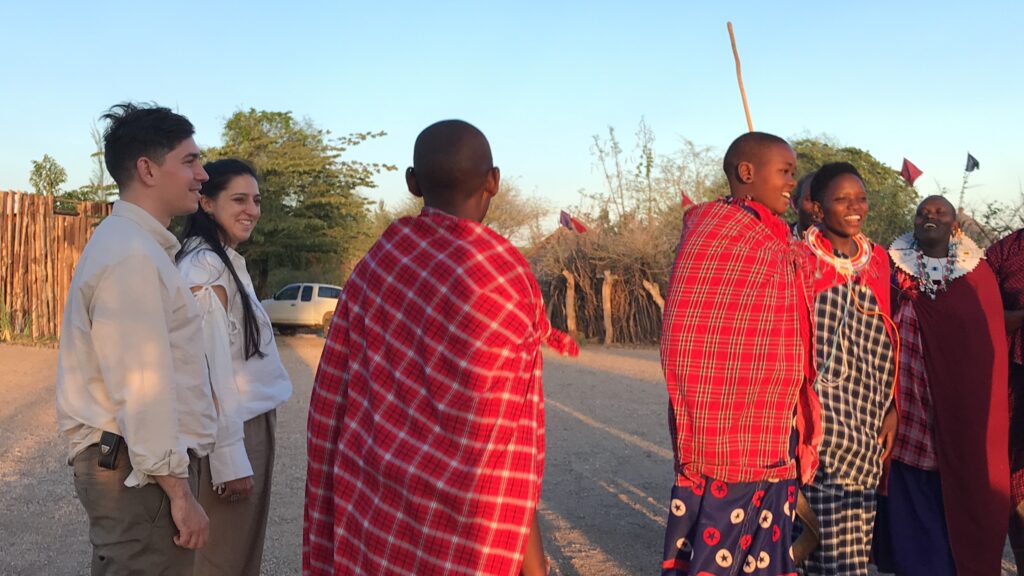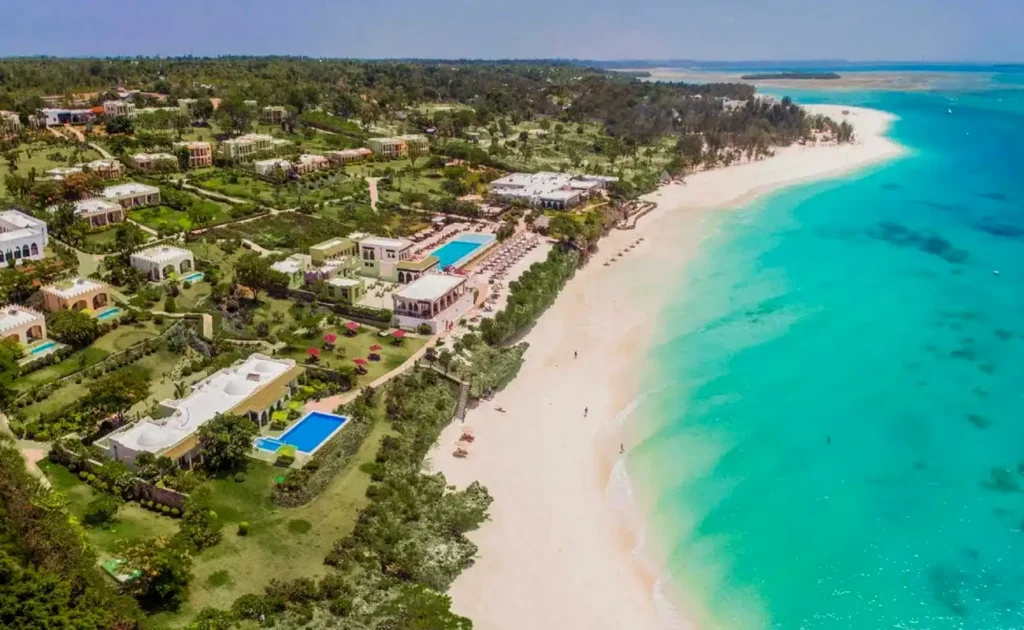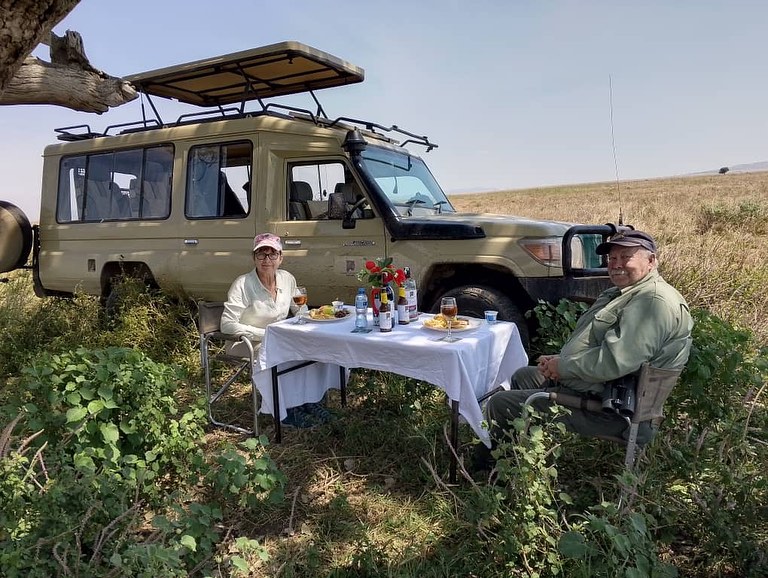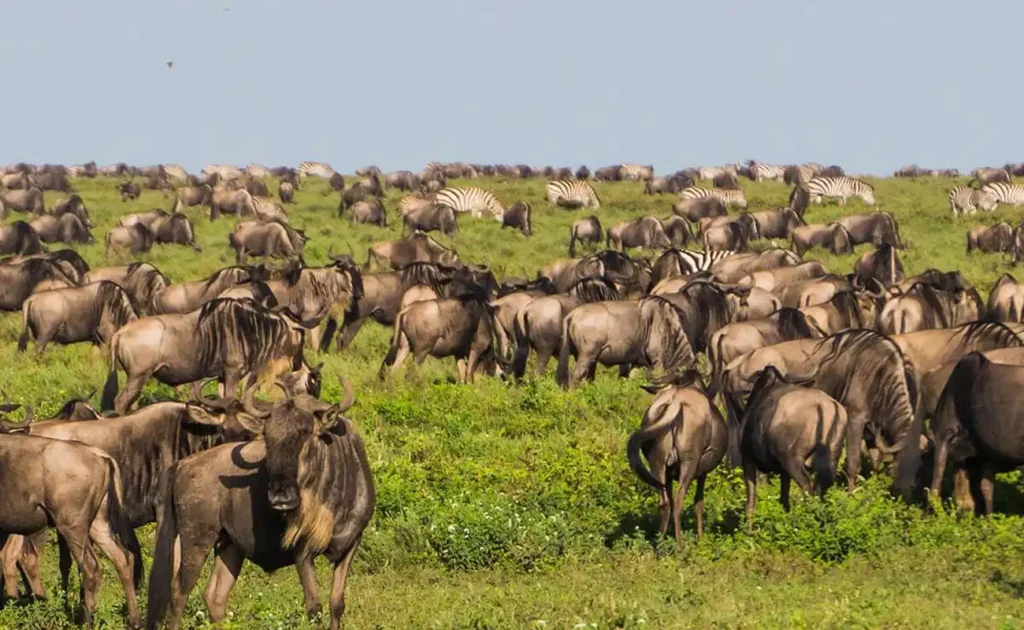Climbing Mount Kilimanjaro is an adventure that many dream of. While the iconic peak can be tackled year-round, November falls during one of Tanzania’s “short rainy seasons,” presenting climbers with both challenges and rewards. While the rains may deter some, November offers a quieter, less crowded trek, lush green landscapes, and a more intimate experience with nature. If you’re planning to summit during this time, a little extra preparation can make all the difference. Here’s how you can get ready for your Kilimanjaro climb in November.
Understanding Kilimanjaro’s Weather in November
November is part of Tanzania’s short rainy season, but that doesn’t mean constant downpours. Typically, the rain comes in short bursts, often in the afternoons or at night, leaving plenty of time for hiking under clear skies.
- Temperature:
Temperatures vary significantly depending on your altitude. The lower slopes may feel warm and humid, while the summit zone can get extremely cold, with freezing temperatures at night. Expect temperatures from 20°C (68°F) at lower altitudes to below freezing as you approach the summit. - Rainfall:
The rains can be unpredictable, with light showers some days and heavier rains on others. The good news is that trails are less muddy than during the long rains (March-May), and the landscape is wonderfully green. - Advantages:
Besides the refreshing greenery, the biggest advantage of climbing in November is the absence of crowds. You’ll have more personal space on the trails, at campsites, and even at the summit—a rare luxury during peak climbing months.
Packing the Right Gear for a Rainy Season Climb
Proper gear can make or break your Kilimanjaro adventure, especially when you’re climbing in the rainy season. Here’s what you’ll need to stay dry, warm, and comfortable on the trail.
1. Waterproof Gear
Staying dry is crucial to your comfort and safety during the climb. Wet clothes can lead to discomfort, blisters, or even hypothermia at higher altitudes.
- Waterproof Jacket and Pants:
Invest in a high-quality, lightweight, waterproof jacket and pants. Look for breathable fabrics like Gore-Tex, which will keep the rain out without making you feel too stuffy. Make sure your jacket has a hood that can fit over your hat or helmet. - Waterproof Backpack Cover:
Most trekking backpacks come with built-in rain covers, but if yours doesn’t, be sure to get one. It’s essential to keep your gear dry, especially important items like your sleeping bag, clothes, and electronics. - Dry Bags or Waterproof Stuff Sacks:
Consider packing your clothes and electronics in dry bags or waterproof stuff sacks. Even if water manages to get inside your pack, these bags will protect your items from getting soaked.
2. Proper Footwear
With rain comes mud and slippery trails, so your footwear needs to be up to the challenge.
- Waterproof Hiking Boots:
Your boots should be both waterproof and well-broken-in before your trek. Look for boots with excellent ankle support and deep tread for navigating muddy or uneven terrain. - Gaiters:
Gaiters are an often-overlooked but essential piece of gear when trekking in the rain. They fit over your boots and lower legs, preventing water, mud, and debris from getting inside your boots and soaking your socks. - Wool Socks:
Avoid cotton socks, which trap moisture and can lead to blisters. Opt for merino wool or synthetic hiking socks, which wick away moisture and keep your feet warm, even when damp.
3. Layering for Warmth
As you climb higher, temperatures drop, and wet conditions can make it feel even colder. Proper layering is key to staying warm and comfortable.
- Moisture-Wicking Base Layers:
Start with a moisture-wicking base layer (both top and bottom) to keep sweat away from your skin. Synthetic or merino wool base layers work best. - Insulating Layers:
For the middle layer, use a fleece or down jacket that provides warmth without adding too much bulk. A packable down jacket is ideal for summit night, as it offers excellent insulation against the cold. - Outer Shell:
Your waterproof jacket should serve as your outer shell, protecting you from wind and rain. Ensure that it’s lightweight enough to wear over your insulating layers.
4. Additional Essentials
- Trekking Poles:
Trekking poles can be a lifesaver on slippery, muddy trails. They help with balance and reduce the impact on your knees, especially during descents. - Warm Hat and Gloves:
It may be rainy on the lower slopes, but the temperatures drop significantly as you ascend. Bring a warm hat, and waterproof gloves or mittens to protect your hands from the cold and rain. - Headlamp with Extra Batteries:
November days are shorter, so you may find yourself trekking in low-light conditions. A headlamp is essential, especially on summit night, where you’ll need it to navigate in the dark.
Train for the Kilimanjaro Climb
Training for Kilimanjaro is essential no matter what month you’re climbing, but the rainy conditions in November mean you’ll need to be especially prepared for slippery and muddy trails.
- Cardio and Stamina:
The climb is a test of endurance, so focus on building your cardiovascular fitness. Hiking, running, swimming, and cycling are all great ways to improve your stamina. Aim for at least 3-4 days a week of cardio training. - Strength Training:
Kilimanjaro involves long stretches of walking and climbing, which puts a lot of strain on your legs, core, and back. Incorporate strength training exercises, such as squats, lunges, and planks, to prepare your body for the trek. - Hike with a Weighted Backpack:
Start training by hiking with a backpack that mimics the weight you’ll carry on Kilimanjaro. Gradually increase the weight as you get closer to your departure date to build up your strength and endurance. - Practice in Wet Conditions:
If possible, practice hiking in the rain before your trip. This will help you get used to navigating slippery terrain and give you a chance to test out your rain gear.
Tips for Staying Comfortable on the Trail
The rainy season can make Kilimanjaro’s trails a bit more challenging, but with these tips, you can stay dry and comfortable throughout your trek.
1. Pace Yourself
November’s damp conditions can make the trails slower to navigate. Don’t rush—take your time to avoid slipping on wet rocks or muddy paths. Remember, the climb is a marathon, not a sprint. “Pole pole” (Swahili for “slowly, slowly”) is the mantra you’ll hear often from your guides.
2. Stay Dry in Camp
Your comfort at camp is just as important as on the trail. When you arrive at camp, change into dry clothes immediately. Keep your sleeping bag dry by storing it in a waterproof bag during the day.
3. Hydrate and Fuel Up
Rainy, cool weather might make you feel less thirsty, but it’s essential to stay hydrated. Drink plenty of water throughout the day, and eat enough calories to fuel your climb. Warm meals and drinks at camp will help keep your energy levels up and your body warm.
4. Be Mentally Prepared
Climbing in the rain can be mentally tough. The rain, combined with the physical demands of the climb, might challenge your resolve. Stay focused on the bigger picture: reaching the summit of Kilimanjaro is a once-in-a-lifetime achievement. Embrace the rain as part of the adventure, and don’t let it dampen your spirits.
The Rewards of a November Kilimanjaro Climb
While the rainy season does present challenges, it also offers unique rewards. You’ll enjoy quieter trails, a lush and green landscape, and a more personal experience with the mountain. Plus, reaching the summit of Kilimanjaro, even in less-than-perfect conditions, will give you an immense sense of pride and accomplishment.
Ready to Take on Kilimanjaro in November?
Climbing Kilimanjaro in November requires some extra preparation, but with the right gear, mindset, and training, you’ll be more than ready to take on the challenge. The rainy season brings with it a special beauty—a lush, green Kilimanjaro, quieter campsites, and a more intimate connection with the mountain. So gear up, get ready, and prepare for an unforgettable adventure on the Roof of Africa.

